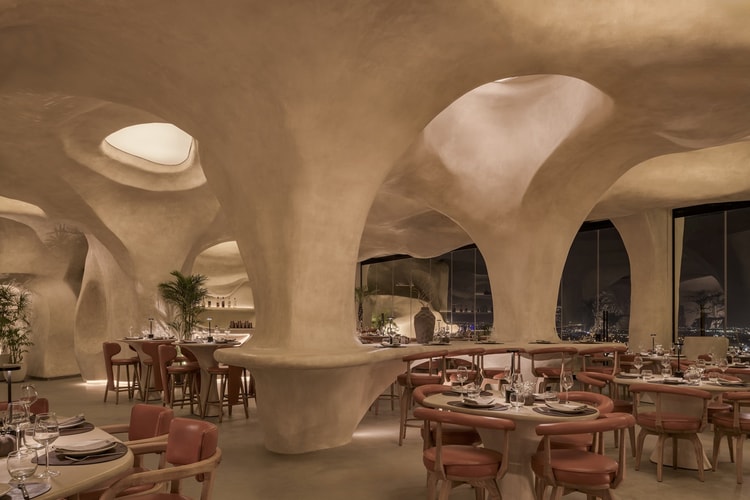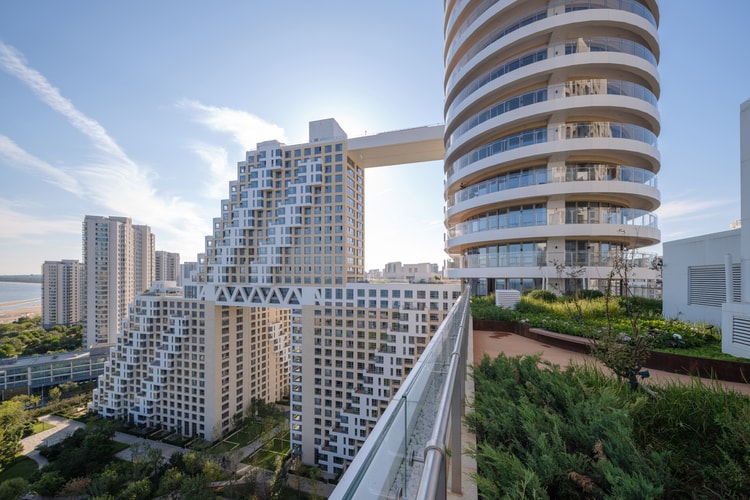The Times Resuscitation Building by Nano Architects
Completed in 1967, the Sanno Mansion in Hakata-ward, Fukuoka, Japan was once a state-of-the-art





Completed in 1967, the Sanno Mansion in Hakata-ward, Fukuoka, Japan was once a state-of-the-art apartment building with telephone switchboard rooms and elevators, both of which were rare amenities at the time. Fast-forward 40 years and it has turned into a dilapidated, neglected building with years of decreased occupancy rate, reduction of rent and declined revenue. While many have given up on the Sanno Mansion, Nano Architects stepped in applying its only renovations. The restoration included the use of driftwood to symbolize a sense of historical significance, thus creating voids, shelves and benches in tune with nature. Additional details include translucent paper screens of the shoji dividers and the tatami room floor panels have also been brought back to life.
















